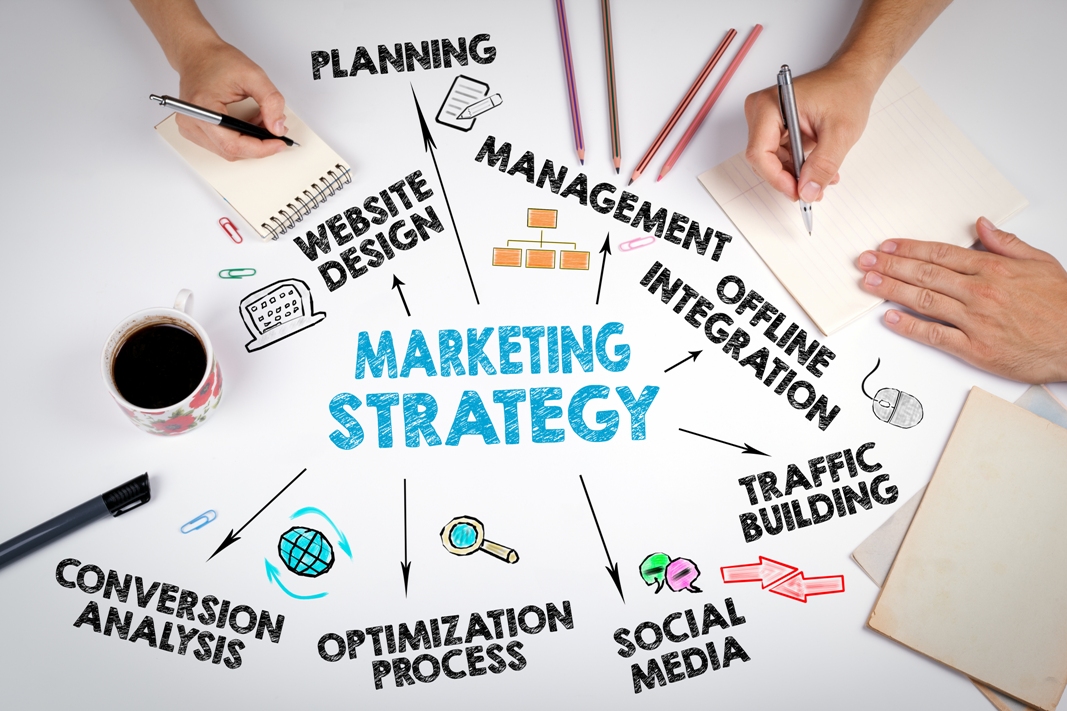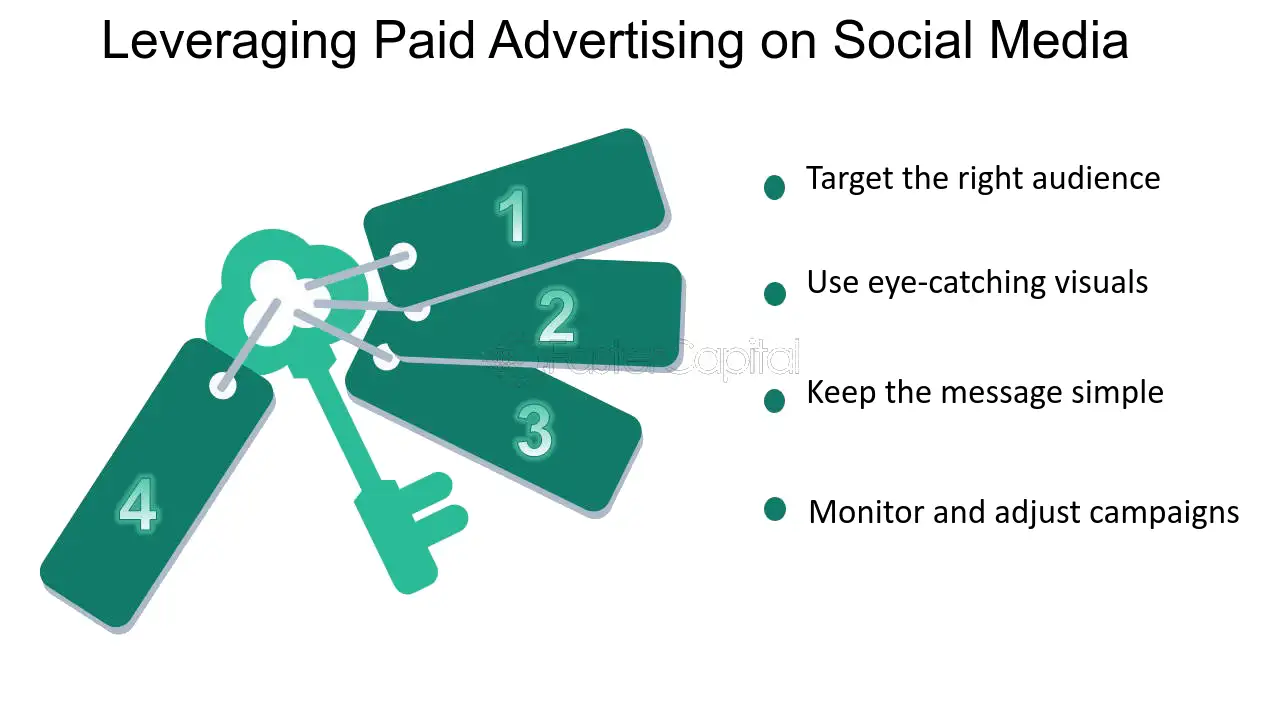
In the digital age, social media marketing has become a pivotal aspect of any successful marketing strategy. When combined with email marketing, businesses can create a powerful synergy that boosts engagement and drives conversions. This guide will walk you through the essential steps to mastering social media marketing, while also integrating effective email marketing tactics.
Step 1: Define Your Goals and Audience

Set Clear Goals
Before diving into social media marketing, it’s crucial to set specific, measurable, achievable, relevant, and time-bound (SMART) goals. Examples include:
- Increasing brand awareness
- Driving website traffic
- Generating leads
- Boosting sales
- Enhancing community engagement
Identify Your Target Audience
Understand who your ideal customers are by researching demographics, interests, online behavior, and pain points. Create detailed buyer personas to tailor your content and campaigns effectively.
Step 2: Choose the Right Social Media Platforms

Not all social media platforms are created equal. Choose the platforms that align with your business goals and where your audience spends most of their time.
- Facebook: Great for building a community and sharing a variety of content.
- Instagram: Ideal for visual content and influencer collaborations.
- Twitter: Best for real-time updates and engaging with trends.
- LinkedIn: Perfect for B2B marketing and professional networking.
- Pinterest: Excellent for visual discovery and driving website traffic.
- TikTok: Effective for reaching younger audiences with creative, short-form videos.
Step 3: Develop a Content Strategy

Create Valuable Content
Content is the backbone of your social media strategy. Ensure your content is:
- Relevant: Addresses your audience’s needs and interests.
- Engaging: Encourages likes, shares, and comments.
- Consistent: Maintains a regular posting schedule.
Content Types
- Blogs: Share informative articles to drive traffic to your website.
- Videos: Use tutorials, behind-the-scenes, and live videos to engage viewers.
- Infographics: Provide valuable information in a visually appealing format.
- User-Generated Content: Showcase content created by your followers.
- Promotional Content: Highlight your products or services.
Content Calendar
Plan your posts in advance using a content calendar. This ensures consistency and helps you stay organized. Tools like Trello, Asana, or even a simple Google Sheets can be useful for planning.
Step 4: Engage with Your Audience

Build Relationships
Engagement is key to building a loyal following. Respond to comments, messages, and mentions promptly. Participate in conversations and show appreciation for your followers.
Run Contests and Giveaways
Encourage participation and increase your reach by hosting contests and giveaways. Ensure the rules are clear and the prizes are appealing to your audience.
Use Hashtags Strategically
Research and use relevant hashtags to increase the discoverability of your content. Avoid overloading your posts with too many hashtags.
Step 5: Leverage Paid Advertising

Create Targeted Ads
Social media platforms offer robust advertising options. Create ads targeting specific demographics, interests, and behaviors to reach your ideal audience.
Types of Social Media Ads
- Facebook Ads: Utilize various ad formats like carousel, video, and lead generation ads.
- Instagram Ads: Leverage visually appealing ads in the feed and stories.
- LinkedIn Ads: Use Sponsored Content, InMail, and Text Ads to reach professionals.
- Twitter Ads: Promote tweets and accounts to increase visibility and engagement.
Step 6: Integrate Email Marketing

Build Your Email List
Encourage your social media followers to subscribe to your email list. Use lead magnets like free ebooks, webinars, or discount codes to entice sign-ups.
Segment Your Audience
Divide your email list into segments based on demographics, behavior, and interests. This allows for more personalized and relevant email campaigns.
Create Engaging Email Campaigns
Craft compelling email content that provides value and drives action. Use a mix of newsletters, promotional emails, and personalized recommendations.
Cross-Promote Content
Share your social media content in your emails and vice versa. Include social sharing buttons in your emails to encourage subscribers to follow you on social media.
Step 7: Analyze and Optimize

Track Your Performance
Use analytics tools to monitor your social media and email marketing performance. Key metrics to track include:
- Engagement Rate: Likes, shares, comments, and retweets.
- Reach and Impressions: How many people see your content.
- Click-Through Rate (CTR): Percentage of people who click on your links.
- Conversion Rate: Percentage of people who take a desired action (e.g., make a purchase, sign up for a newsletter).
Analyze the Data
Regularly review your analytics to understand what’s working and what’s not. Look for patterns and insights that can inform your strategy.
Optimize Your Strategy
Based on your analysis, make data-driven adjustments to your strategy. Test different types of content, posting times, and ad formats to see what resonates best with your audience.
Conclusion
Social media marketing, when done correctly, can significantly boost your brand’s online presence and drive meaningful engagement. By following these steps and integrating email marketing into your strategy, you can create a cohesive and powerful digital marketing approach that maximizes your reach and impact. Remember, the key to success lies in understanding your audience, creating valuable content, and continuously analyzing and optimizing your efforts. Happy marketing!

Hi Hrishikesh,
This is a good and useful blog. The way you have presented is good and impressive. Keep it up.